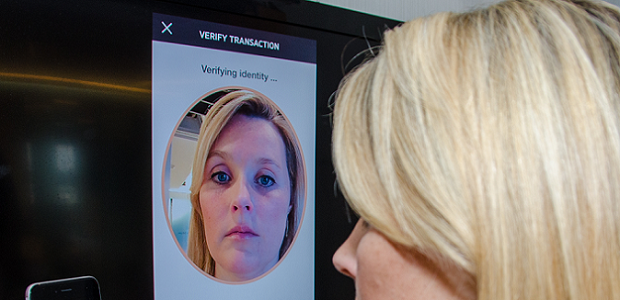
Mastercard announced that all consumers will be able to identify themselves with biometrics such as fingerprints or facial recognition, when they shop and pay with Mastercard by April next year.
In practice it means that banks issuing Mastercard-branded cards will have to be able to offer biometric authentication for remote transactions, alongside existing PIN and password verification. It will also apply to all contactless transactions made at terminals with a mobile device.
The increased availability of biometric capabilities on tablets and smart phones – consumers’ clear preference for these kind of solutions – and the EU’s new regulatory requirements for strong authentication suggest that the time is ripe for enabling biometric validation solutions for digital payments.
The vast majority of consumers—93%—prefer biometrics over passwords for validating payments and according to a recent research paper conducted by Oxford University in collaboration with Mastercard, 92% of banking professionals want to adopt biometric solutions.
Banks also report that when such biometric authentication is used, customers are much more inclined to go through with their purchase. The abandonment rates can drop by up to 70% compared to other methods like One Time Password sent via SMS, which reflects the much improved user experience.
Mark Barnett, President, Mastercard UK & Ireland said: “Biometric technologies perfectly meet the public’s expectation for state-of-the-art security when making a payment. This will be of great benefit to everyone: consumers, retailers and banks. It will make the purchase much smoother, and instead of having to remember passwords to authenticate, shoppers will have the chance to use a fingerprint or a picture of themselves.”
Existing methods to prove an identity online can take shoppers away from a retailer’s website if it is time consuming or complex. One way to solve that is moving from a reliance on what the consumer knows (e.g. passwords) and what they have (card or smart device), to what they have (e.g. mobile phone) and who they are (their biometrics).
This shift to biometrics is part of Mastercard’s new action plan to help banks and retailers to prevent fraud and improve the consumer experience in the new digital environment.
It also meets new regulatory requirements around Strong Customer Authentication set out by PSD2 and is aimed at ensuring a smoother consumer experience and reducing unjustified declines. It includes a new set of services recently designed such as Mastercard’s Decision Intelligence or Automatic Billing Updater that leverage most contemporary technologies, including artificial intelligence.
„With this approach, Mastercard will help its partners not only to comply with requirements set out in the new PSD2 legislation, but also to go further in optimising the checkout experience of their customers.”, according to the press release.
Banking 4.0 – „how was the experience for you”
„To be honest I think that Sinaia, your conference, is much better then Davos.”
Many more interesting quotes in the video below: